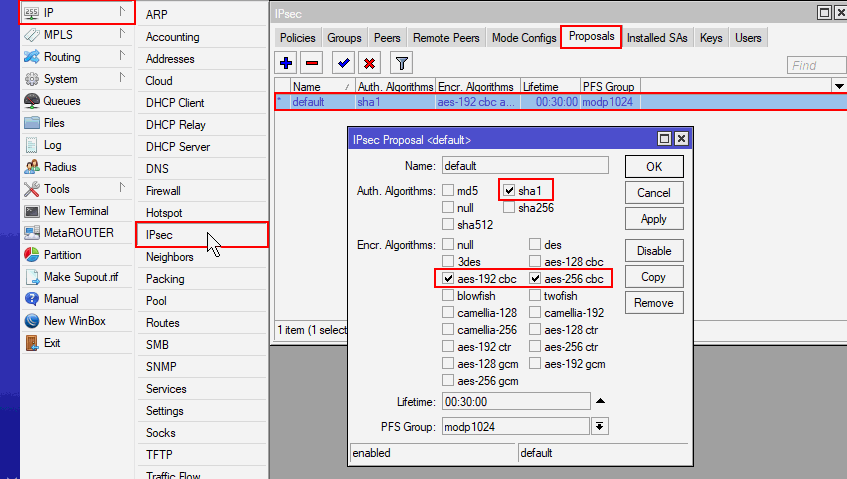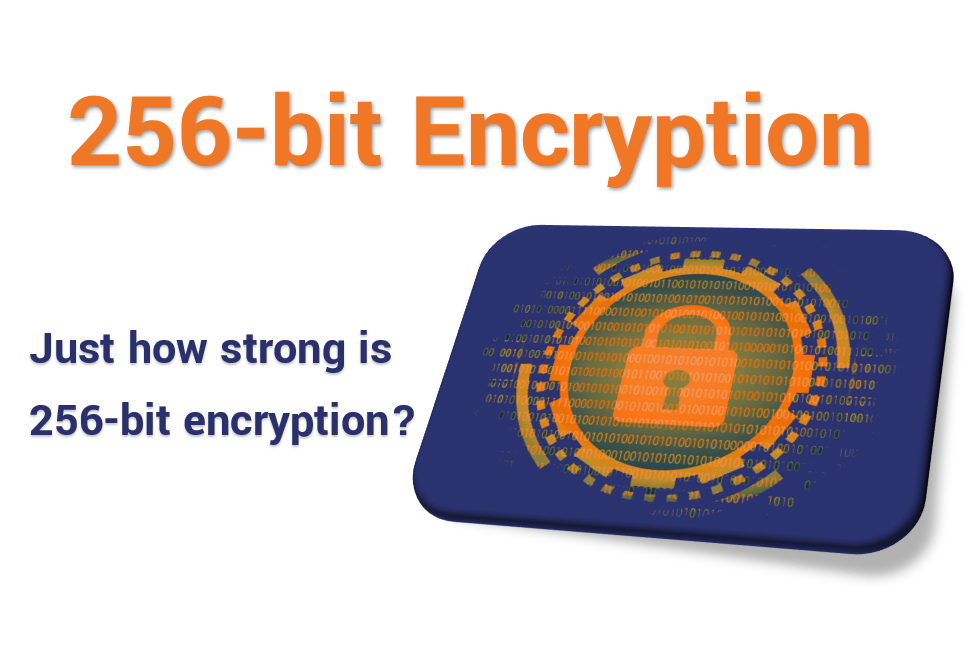Give our aes-256-cbc encrypt/decrypt tool a try! Aes-256-cbc encrypt or aes-256-cbc decrypt any string with just one mouse click. 23 hours ago I know about key derivation functions such as PBKDF2 which derive keys from passwords. Am I wrong in assuming AES-256 keys are essentially unsigned integers between 1 and 2^256 padded with zeros? Utility to encrypt/decrypt strings using AES-256 CBC PKCS5 Padding - GitHub - mike-ensor/aes-256-encryption-utility: Utility to encrypt/decrypt strings using AES-256 CBC PKCS5 Padding.
AES is short for Advanced Encryption Standard. It's a symmetric block cipher used by the American government to encrypt sensitive data. AES is also used by individuals and corporations alike to lock away classified or otherwise valuable information.
AES was created by the National Institute of Standards and Technology (NIST) and became an effective federal government standard in 2002, after being in development for five years. Development of AES began in 1997 when it became clear its predecessor, the Data Encryption Standard (DES), was no longer cut out for the job. Hackers had begun to brute force their way through DES' encryption algorithms and the American government called for a new, more sophisticated encryption tool, which could do the job in the 21st century.
AES encryption and decryption online tool for free.It is an aes calculator that performs aes encryption and decryption of image, text and.txt file in ECB and CBC mode with 128, 192,256 bit. The output can be base64 or Hex encoded.
AES was meant to be streamlined and easy to in both software and hardware along with other more restricted environments.
One of the boons AES' designers received was the transparency of the selection process itself. The design of the new work process was open to the public, which allowed the NIST to receive constructive criticism from all manner of sources.
The National Institute of Standards and Technology requested that the new encryption standard algorithm be a block cipher capable of dealing with 128-bit blocks and must use 128, 192, and 256 bit-sized keys. The institute had other requirements such as:

Security
The most vital criterion. AES was judged in comparison with other encryption algorithms. While other factors were considered, its security rating was the most important component.
Cost
AES was intended to be released without any cost, royalties or profit. Instead, the candidate algorithms were judged on their memory and resource consumption.

Aes-256-cbc Invalid Key Length
Implementation
Another important factor was the candidates' ease of use and implementation into various hardware and software configurations. NIST wanted an algorithm that was as streamlined as possible.
Choosing AES algorithms

Fifteen competing symmetric key algorithm designs were subjected to preliminary analysis by the world cryptographic community, including the National Security Agency (NSA). In August 1999, NIST selected five algorithms for more extensive analysis.
After extensive testing, the National Institute of Standards chose the Rijndael cipher (named after its Belgian creators, whose last names are Daemen and Rijmen). Rijndael was chosen as the algorithm for AES in October 2000 and published by NIST as U.S. FIPS PUB 197. Rijndael became a federal standard in 2002.
Later, in 2003, the American federal government declared that AES could be put in use to protect top secret data, which led to the Advanced Encryption Standard becoming the default algorithm for encrypting classified info, and also the first encryption algorithm approved by the NSA made open for the general public.
Aes-256-cbc Key Iv
AES was extremely successful in its work of guarding U.S. state secrets. This lead to its widespread exploitation in the private security sector, which lead to AES becoming the most used encryption algorithm in symmetric key cryptography.

How AES encryption functions

Advanced Encryption Standard is built from three block ciphers: AES-128, AES-192, and AES-256. Each of these encrypts and decrypts data in chunks of 128 bits by using cryptographic keys of 128-, 192- or 256-bits.The cipher was designed to accept additional block sizes and key lengths, but those functions were dropped when Rijndael became AES. All symmetric encryption ciphers use the same key for encrypting and decrypting data, which means the sender and the receiver must both have the same key. Every key length is viewed as adequate to protect classified data up to the 'Secret' level with 'Top Secret' info needing either 192-bit or 256-bit key lengths. 128-bit keys have 10 rounds, 192-bit keys have 12, and finally 14 rounds for 256-bit keys. What are rounds? They correspond to multiple processing steps, which include permutation and substitution of the encrypted text, which transforms it into its encrypted form.
The first step in the AES encryption process is substituting the information using a substitution table; the second transmutation changes data rows and the third shifts columns. The last transformation is a basic exclusive XOR process done on each column using a different part of the encryption key. The longer the encryption key, the more rounds are needed.